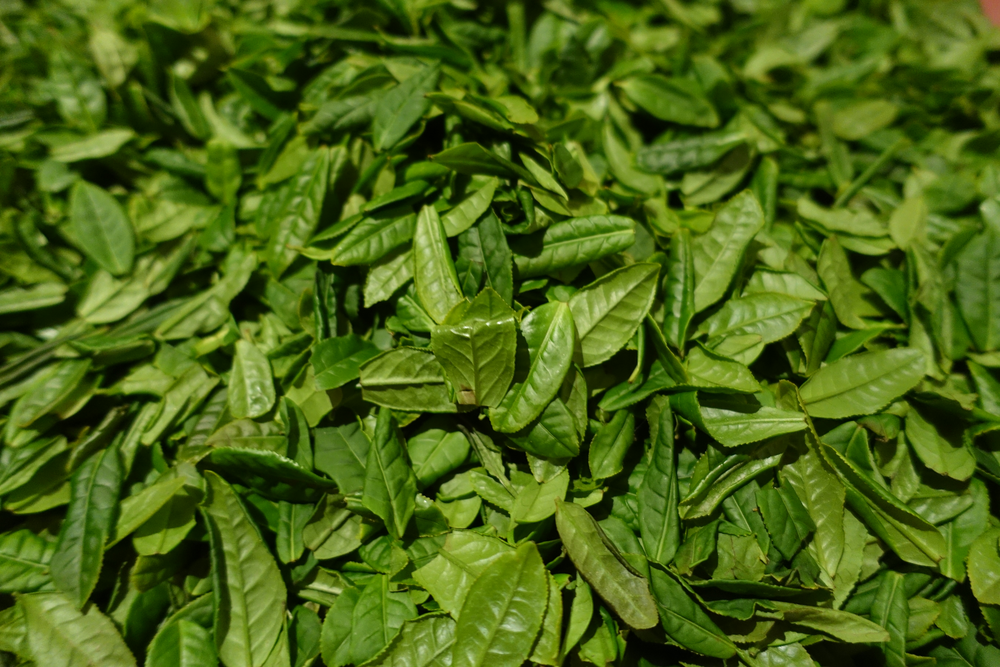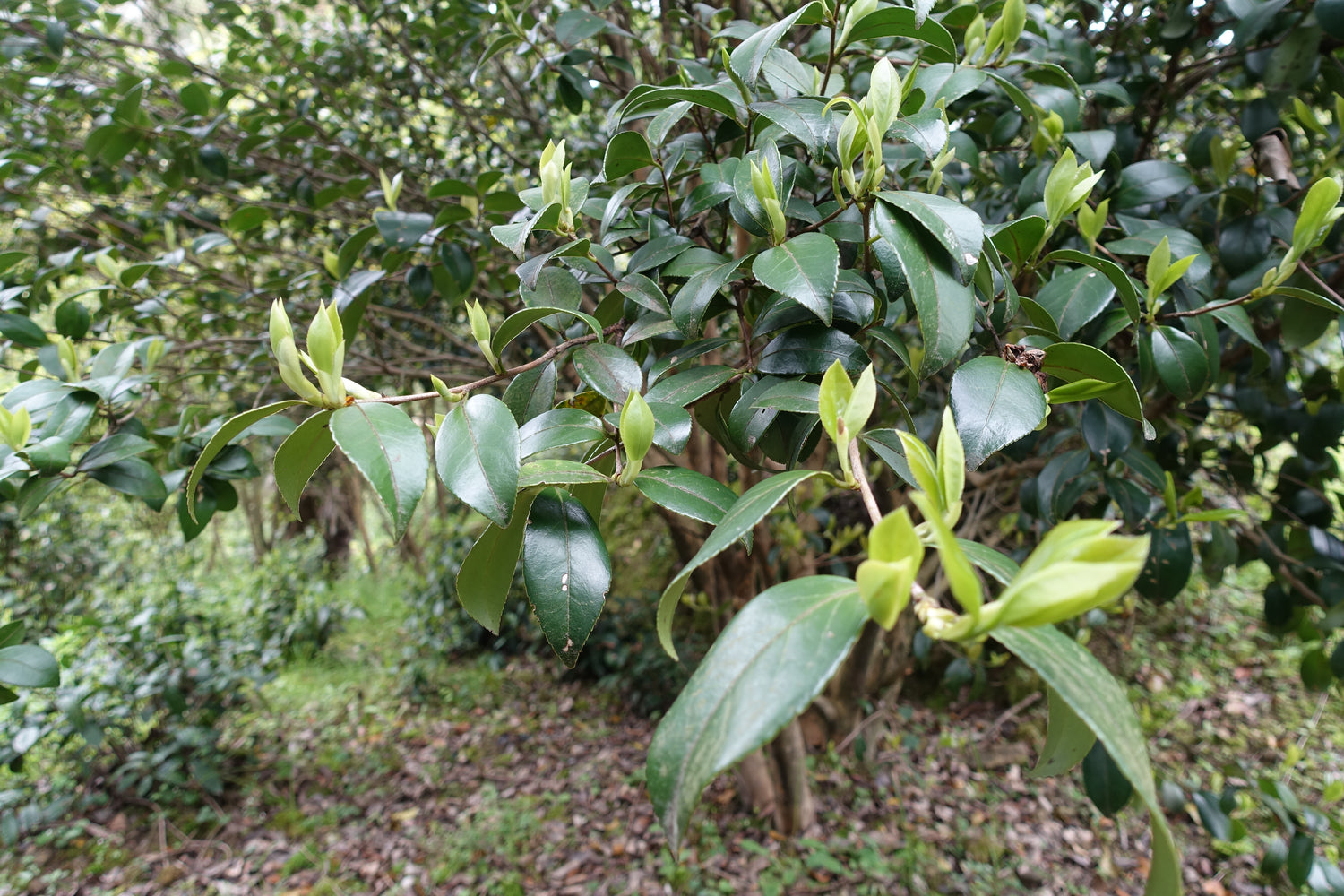
What Is Tea?
Although many different flowers and herbs can be dried, steeped in hot water and called “tea,” actual tea leaves come from the plant camellia sinensis. In the same way that you can buy a product called plum “wine,” it is widely understood that true wine is made from grapes. Similarly, what we call chamomile “tea” is actually an herbal tisane, not actual tea. Popular scented varieties of tea, such as jasmine green tea or Earl Grey, are to authentic tea what sangria is to wine. Just as you would not use a fine wine to make sangria, you would not take fine tea and blend it with other flavors.
The Six Categories of Tea
Countless varietals of grapes give us a variety of wines; similarly, there are many varietals of the tea plant. However, tea is generally categorized based on how it is processed.
There are six main categories of tea: Green, Yellow, White, Wu Long (Oolong), Red (known in the West as Black) and actual Black.
When the Europeans first encountered what Chinese consider red tea, they called it “black” in order to distinguish the more fermented tea from less-fermented green teas, not knowing true black tea is its own category.
Introducing The Categories
-
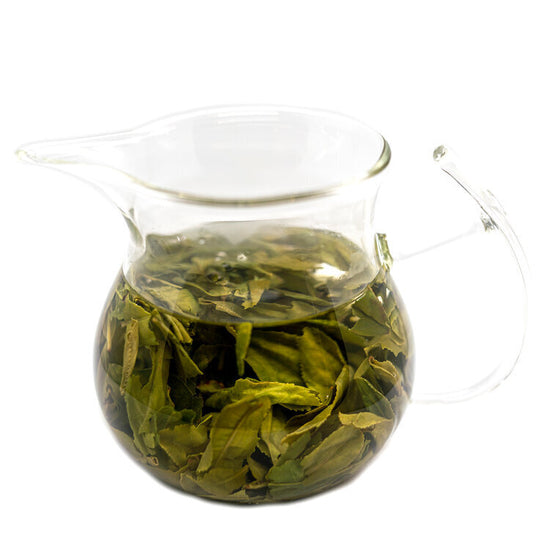
Green Tea
Green tea is the oldest form of tea as a standalone beverage. Its processing method, history, and culture are unparalleled by any other tea in Chinese history.
-
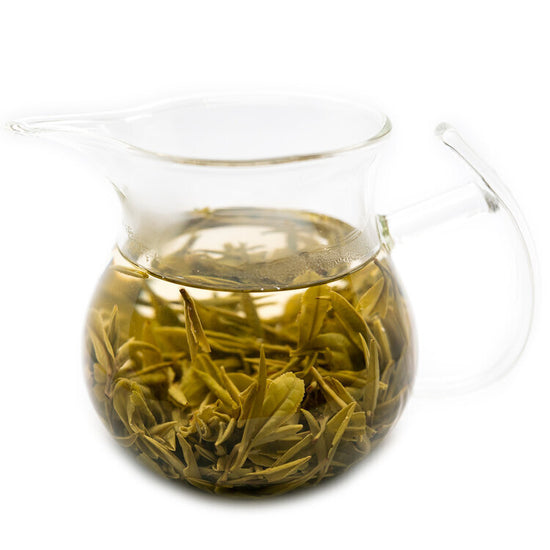
Yellow Tea
Yellow tea is the rarest category of tea in the world. It is micro-fermented, with an extraordinarily unique making process.
-
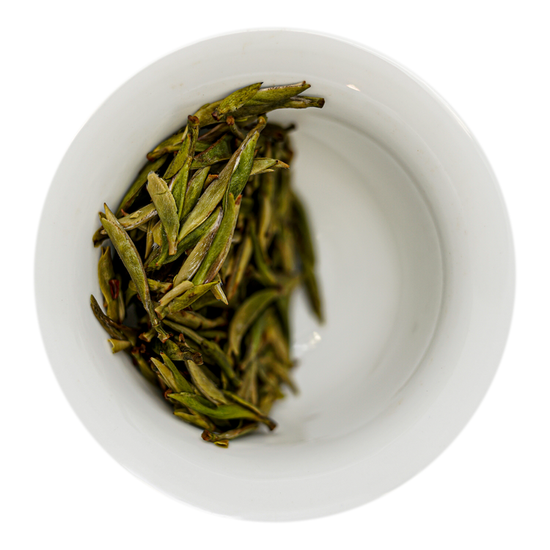
White Tea
Sundried and semi-fermented, white tea has a prominent yeasty note. With the potential to age, the profile develops from grassy floral to fruity with melon, herbs, and mead qualities popping up along the way. White teas are named after the picking grades.
-
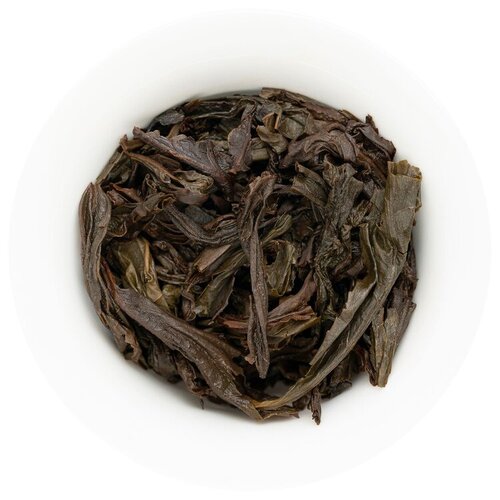
Wu Long - Yan Cha (Cliff Tea)
Yan Cha is a sub-category of Wu Long (Oolong) Tea. Hailing from the famous UNESCO World Heritage Site of Wu Yi Shan, these teas are known for their molten rock mouth feel.
-
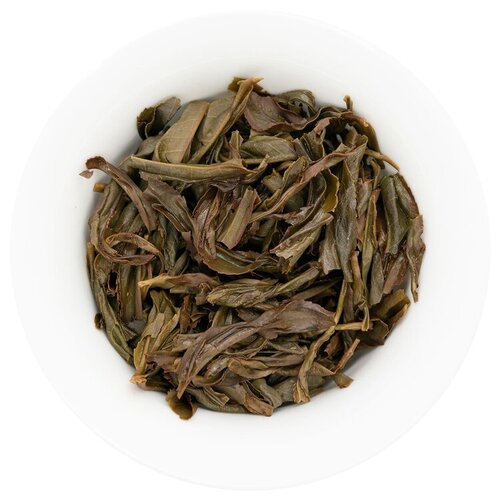
Wu Long - Dan Cong (Phoenix Oolong)
Fruity, floral, tannic and super aromatic, Feng Huang Dan Cong has such pleasant and showy qualities that are unparalleled by any other kind of loose leaf tea. These qualities have led it to become one of the most popular Wu Longs (Oolong) on the market.
-
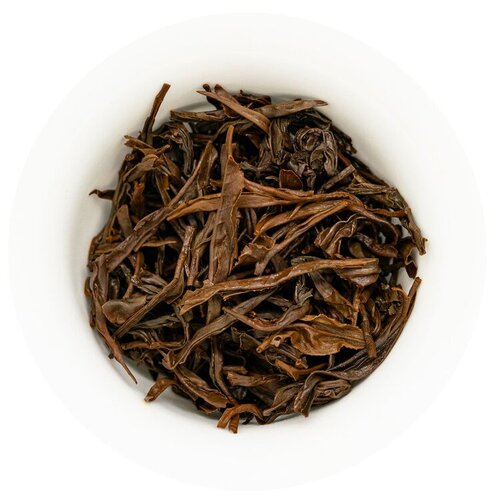
Red Tea
Known as black tea in the West, red teas are fully fermented and deviate the most from fresh tea leaves, which are grassy, astringent, and bitter. A well made red tea is naturally sweet with creamy tannins.
-
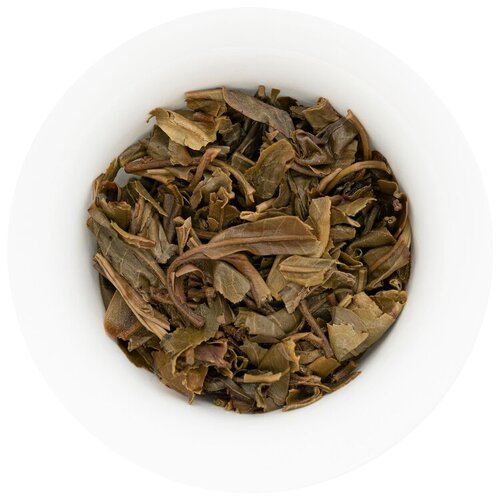
Pu Er Sheng Cha (Puerh Tea)
Sheng Pu is similar to a green tea when young and ages towards profile of a red tea. Along the way the tasting notes can range from nutty to dry fruits, with pleasant tannins and long floral aftertaste.
-
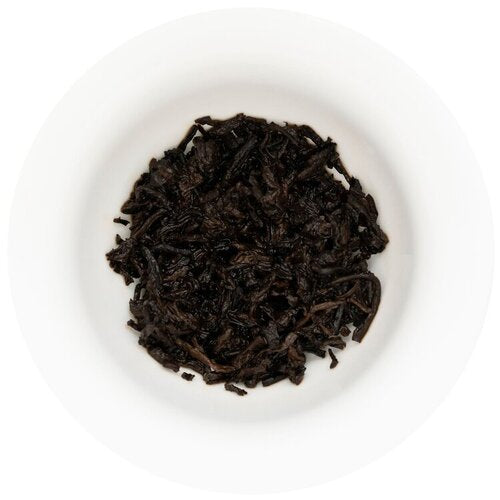
Black Tea
Unlike other category of teas, black tea goes through a microbial fermentation process that is unmistakably earthy and could contain beneficial bacteria good for our digestive health.
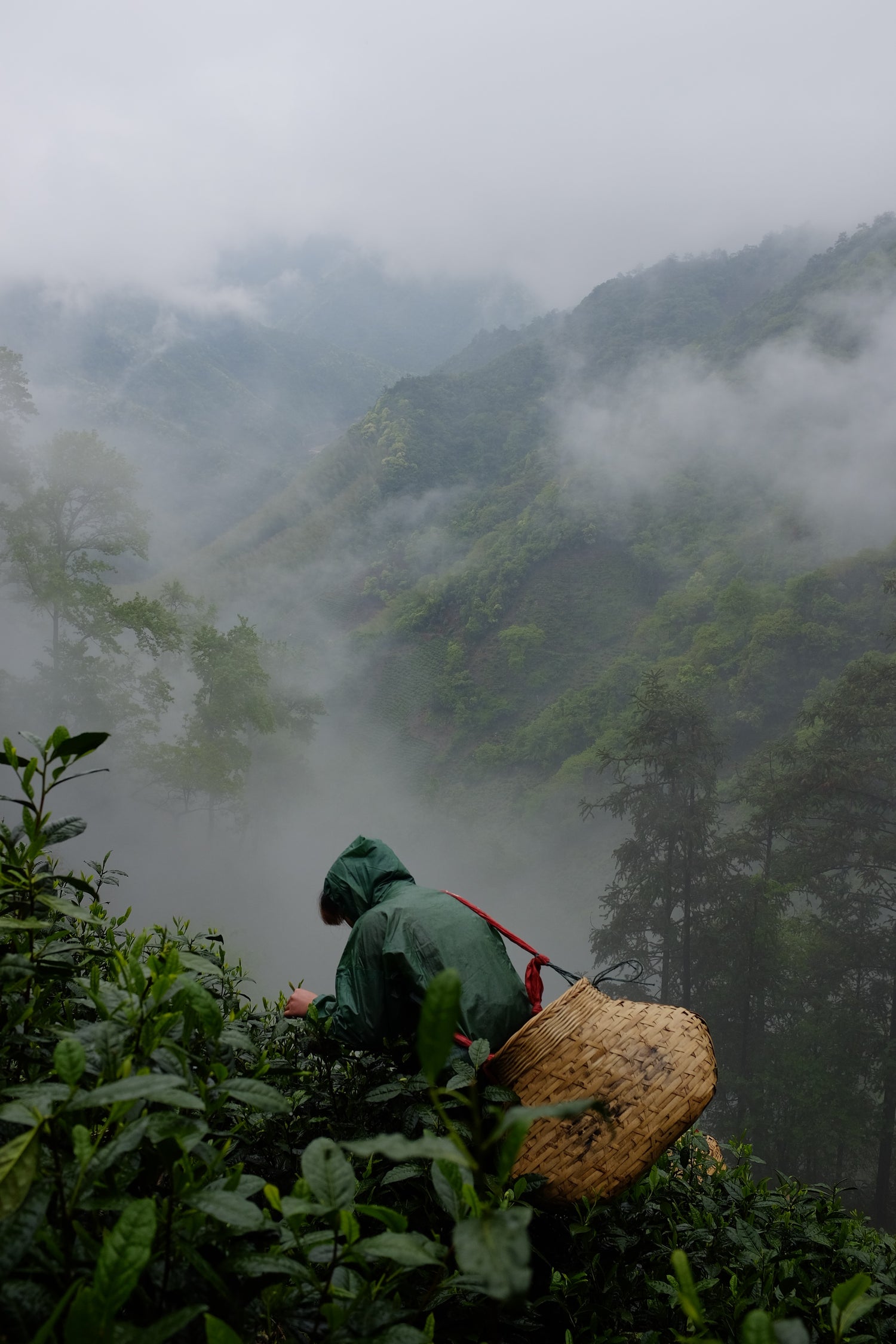
Location, Varietal, and Craft
Tea is a compound and enzyme-rich plant that is very biochemically complex and sensitive to its environment. Over the course of history, humans discovered that through manipulation of heat, moisture, and physical disturbance of the tea leaves, this one plant can yield almost endless variations in taste and aroma.
Theoretically, we can take any varietal of tea and process it into any of the six categories of tea. However, there are historical and geographical reasons that dictate an authentic tea’s location, varietal, and craft. These three qualities are the pillars of understanding tea, as well as determining factors in appraising a tea’s value because all the nuances should be reflected in the taste.
The 1500-year old Chinese tea culture, from cultivation to processing to brewing, is about understanding and reaching the potential this complex plant offers. The exploration of nature and humanity through tea is a pinnacle of human accomplishment, much like the fine arts.

